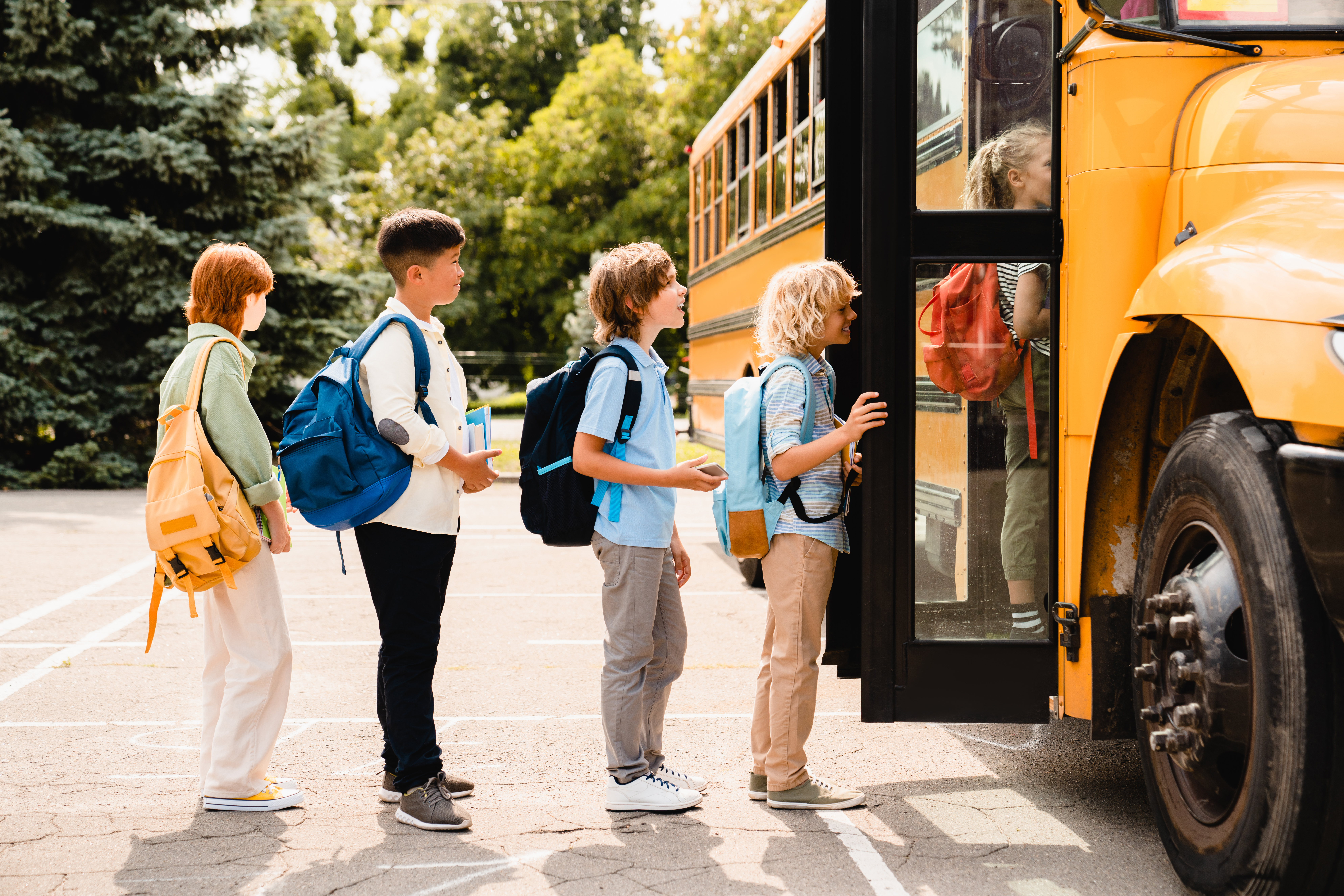As the dog days of summer come to a close, the anticipation of a new school year begins to mount. With the start of a new academic year, it’s essential to not only prepare our kids with the right school supplies but also equip them with safety knowledge. Preparing for back-to-school safety is as crucial as academic readiness because it helps protect our children from potential risks and injuries.
Risks of School-Related Injuries
School-related injuries are unfortunately more common than we would like to think. Data shows that thousands of children each year end up in the emergency room due to incidents at school, with causes ranging from playground falls to transportation mishaps. Even seemingly safe school environments can pose threats, such as trips and falls in hallways or classrooms. Recognizing these risks is the first step toward prevention. While it’s impossible to prevent every potential injury, understanding the risks can help parents, educators, and students to take preventive measures.
Safe Travel to School
Traveling to and from school is often the first place where children encounter potential hazards during their school day. For those riding the school bus, it’s important to follow guidelines such as standing a safe distance from the curb, crossing the street in front of the bus only when the driver signals it’s safe, and remaining seated during the ride. For children walking or cycling to school, they should understand and follow all traffic rules, always use sidewalks and crosswalks, and wear helmets when cycling.
For families who opt for private vehicles or carpooling, there are also necessary safety measures to consider. First, ensure the vehicle is in good working condition. All children should use age-appropriate car seats or seat belts, and children under 13 should always sit in the back seat. Practice safe driving habits such as adhering to speed limits, especially in school zones, and avoiding distractions while driving.
Ensuring School Ground Safety
Once at school, safety should remain a top priority. A significant portion of school-related injuries occurs on playgrounds, often due to falls. It’s essential to remind children about the correct use of playground equipment and the importance of taking turns to avoid collisions. Additionally, school rules regarding acceptable behaviors during play should be reinforced, as rushing, pushing, or rowdiness can lead to unnecessary accidents.
Inside the school building, children should adhere to proper conduct in hallways, classrooms, and cafeterias. Running in the halls, for instance, can lead to slips, falls, or collisions with others. Similarly, classroom and cafeteria behavior should be mindful, understanding that these areas are shared spaces. Regular participation in school emergency drills is also a crucial aspect of on-site safety.
Staying Safe During Extracurricular Activities
Extracurricular activities are a vital part of school life, providing children with opportunities for enrichment, socialization, and physical activity. However, these activities also present their unique safety challenges. Sports, for instance, can expose children to risks of injuries. To mitigate these risks, children should always use proper protective equipment, warm up before play, and hydrate regularly. It’s also important to teach them to listen to their bodies and communicate any discomfort, pain, or exhaustion to their coaches or the adults in charge.
Non-sport extracurricular activities, such as clubs and field trips, also require safety considerations. Whether it’s art club or a trip to the local museum, it’s important that the activities are supervised by responsible adults who prioritize safety. Prior to field trips, schools usually provide safety guidelines – these should be reviewed carefully with your child. Ensuring your child understands how to act responsibly, follow rules, and respect others and their surroundings can significantly reduce the risk of potential accidents or injuries.
Promoting Health and Wellness
Promoting health and wellness is an essential component of your child’s safety at school. Amidst a post-COVID-19 era, good hygiene practices like regular handwashing, using hand sanitizers, and proper coughing or sneezing etiquette should be reinforced. Besides infection prevention, maintaining a balanced diet and getting sufficient sleep is crucial for your child’s physical health and concentration levels at school. It’s important that these health and wellness habits are integrated into your child’s daily routine for a safe and successful school year.
Role of Parents in Ensuring Safety
Parents play a critical role in ensuring the safety of their children during the school year. Home is the first place where safety measures should be discussed and reinforced, providing a solid foundation for children to understand and prioritize their safety. Regular communication with teachers and school staff is also crucial, allowing parents to stay updated on any school safety issues or changes in protocols. In the event of an accident or injury, parents should not hesitate to seek professional advice, including consulting a personal injury attorney, to understand their rights and potential actions.
Get Help If Your Child Has Been Injured
The safety of our children is a shared responsibility between schools, communities, and families. However, accidents can still happen, and in such instances, it’s crucial to know the appropriate steps to take. If your child gets injured at school due to negligence or other preventable circumstances, do not hesitate to contact Chatham Gilder Howell Pittman. Our team is dedicated to ensuring your child’s rights are protected and that you get the necessary support during such challenging times. Reach out to us today to schedule a free consultation.

